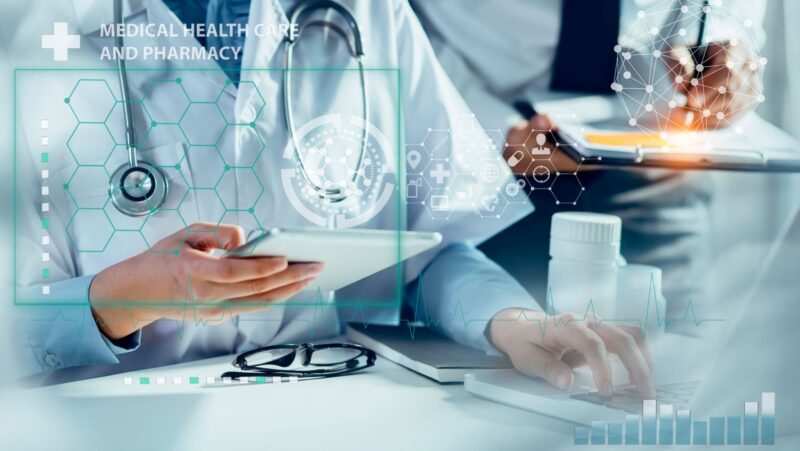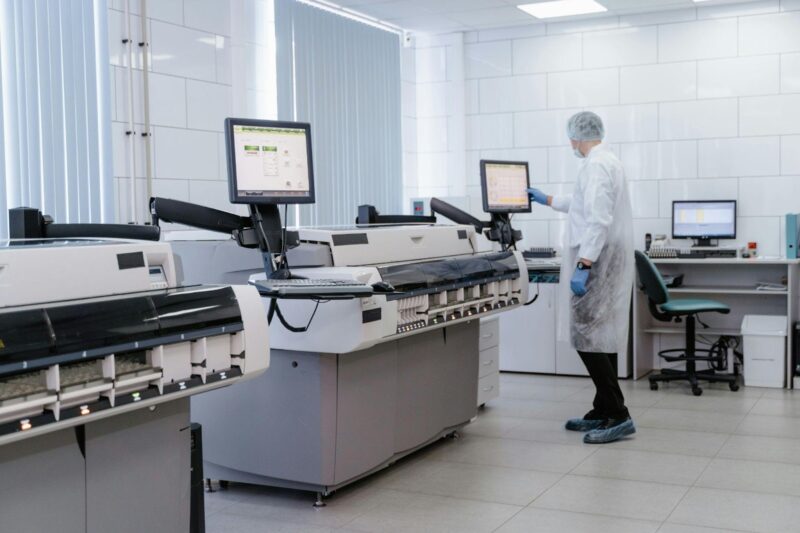
Managing laboratory data with precision and efficiency is paramount in the sophisticated arenas of scientific research and healthcare diagnostics. Two key types of software systems support this critical task: the Laboratory Information System (LIS) and the Laboratory Information Management System (LIMS). Though their names are similar, each serves distinct roles within various laboratory environments. This blog post aims to clarify the differences between LIS and LIMS, highlighting their unique attributes, applications, and contributions to enhancing laboratory operations.
What is a Laboratory Information System (LIS)?
A Laboratory Information System (LIS) is a specialized software solution crafted for medical laboratories’ unique needs. Its primary habitat is the clinical setting, including hospitals and clinics, where it manages patient data, laboratory test orders, and the ensuing test reports. The essence of an LIS is to streamline the process from when a healthcare provider orders a test to the moment the test results are delivered. It ensures accuracy, speed, and confidentiality. LIS systems are customized to navigate the complexities of clinical diagnostics, ensuring compliance with healthcare regulations, safeguarding patient privacy, and integrating seamlessly with other healthcare systems for holistic patient care.
Key Features of LIS:
LIS systems boast features like patient management, facilitating the handling of patient registration, specimen collection, and test requisitions. They enable efficient test order management, including ordering, tracking, and billing for laboratory tests. Additionally, LIS systems allow for the entry, validation, and electronic communication of test results alongside tools for monitoring the quality and accuracy of laboratory tests. Their integration capabilities ensure they can connect seamlessly with Electronic Health Records (EHRs), billing systems, and the broader healthcare IT infrastructure.
What is a Laboratory Information Management System (LIMS)?
Conversely, a Laboratory Information Management System (LIMS) is a versatile software platform that caters to various laboratories. This includes those in research, environmental studies, pharmaceuticals, and industrial settings.
LIMS is engineered to support complex workflows, manage data tracking, uphold quality assurance, and ensure compliance with regulatory standards. Its core purpose is efficiently managing samples, laboratory users, instruments, standards, and other lab functions. Compared to LIS, LIMS typically offers more robust data analysis and reporting tools, reflecting the diverse scope of research and testing performed outside clinical environments.
Key Features of LIMS:
LIMS systems are renowned for their comprehensive sample management, tracking the entire lifecycle of a sample within the lab. They automate workflows to enhance efficiency, minimize errors, and offer advanced tools for data analysis, visualization, and report generation. LIMS systems are pivotal in ensuring quality assurance and adhering to industry standards and regulatory requirements like GLP, GMP, and ISO. They also manage inventories, including chemicals, reagents, and consumables, tracking and facilitating orders.
LIS vs. LIMS: Understanding the Differences
According to NovoPath, The primary distinctions between LIS and LIMS lie in their application scope, and the specific laboratory needs they address. While both systems manage test results and ensure quality control, they are tailored for different environments and purposes.
- Application Scope: LIS is specifically designed for clinical and medical laboratories, focusing on patient care and healthcare integration processes. LIMS, however, serves a broader spectrum of laboratories, encompassing research, quality control, and manufacturing labs, with a strong emphasis on samples, data, and process management.
- Functionality: LIS systems are geared towards managing patient data, complying with healthcare regulations, and integrating with medical records systems. In contrast, LIMS offers broader capabilities in sample management, complex data analysis, and regulatory compliance across various industries.
- End-User Needs: Choosing between LIS and LIMS hinges on the laboratory’s primary functions. Clinical labs that concentrate on diagnostic testing and patient care will benefit from the specialized features of LIS.

Research and industrial labs requiring extensive sample management and adherence to regulatory standards will find LIMS to be the more appropriate choice.
Conclusion
Distinguishing between a Laboratory Information System (LIS) and a Laboratory Information Management System (LIMS) is crucial for selecting the right software solution to meet a laboratory’s specific needs. Understanding each system’s distinct features and applications enables laboratories to optimize their operations, comply with regulatory standards, and enhance the quality and efficiency of their work. Whether it involves managing patient data in a clinical setting or overseeing a multitude of samples in a research facility, the choice of the system plays a pivotal role in achieving operational excellence and propelling scientific progress.













